Over the past decade, the resurgence of indigenous art has gained momentum, impacting global cultural landscapes and economic sectors. This revival is not just about preserving heritage but also about integrating traditional artistry into modern markets, thereby creating new opportunities for cultural exchange and economic growth. In New Zealand, where Māori art holds significant cultural importance, this trend is particularly relevant. The nation's approach to indigenous art can serve as a model for global industries seeking to balance heritage with innovation.
The Significance of Indigenous Art in New Zealand
Indigenous art in New Zealand, particularly Māori art, is more than an aesthetic endeavor; it is a vital expression of cultural identity and history. The New Zealand government, through various initiatives and policies, has supported the preservation and promotion of Māori art. According to Stats NZ, cultural and creative sectors contribute significantly to the economy, with Māori art playing a crucial role. The Māori economy, as noted by the Ministry of Business, Innovation, and Employment (MBIE), is projected to grow significantly, with cultural art as a key driver.
Case Study: Toi Māori Aotearoa
Problem:
Toi Māori Aotearoa, an organization dedicated to promoting Māori arts, faced challenges in gaining international recognition and market access. Despite the rich cultural heritage, there was a lack of infrastructure to support international exhibitions and collaborations.
Action:
To address these challenges, Toi Māori Aotearoa partnered with international galleries and museums to showcase Māori art. They leveraged digital platforms to reach global audiences and integrated contemporary art forms with traditional techniques.
Result:
Within two years, Toi Māori Aotearoa reported a 40% increase in international exhibitions and a 25% rise in international sales. Their efforts not only boosted the visibility of Māori art but also contributed to a stronger cultural exchange.
Takeaway:
This case underscores the potential of digital platforms in expanding market reach. New Zealand businesses can learn from this by embracing digital tools to promote local art globally.
Global Impact: Indigenous Art as a Cultural and Economic Catalyst
Globally, the revival of indigenous art has led to increased awareness and appreciation of diverse cultures. This has economic implications as well: the global market for cultural and creative products is estimated to be worth over $2 trillion, according to UNESCO. Indigenous art contributes to this significantly, providing economic opportunities for artists and communities.
Pros and Cons of Indigenous Art Revival
Pros:
- Cultural Preservation: Reviving indigenous art helps preserve cultural heritage and identity.
- Economic Growth: Art markets provide economic opportunities for indigenous communities.
- Global Recognition: Increases awareness and appreciation of indigenous cultures worldwide.
- Innovation: Blending traditional and contemporary art forms spurs creativity and innovation.
Cons:
- Cultural Appropriation: Risks of commercialization can lead to cultural appropriation.
- Market Saturation: Increased market competition may affect the authenticity and value of art.
- Resource Intensive: Requires significant investment in infrastructure and marketing.
- Regulatory Challenges: Navigating international trade laws and regulations can be complex.
Debunking Myths about Indigenous Art Revival
Myth: "Indigenous art is only valuable within its local context." Reality: Indigenous art has global appeal, contributing to international art markets and cultural diplomacy. Myth: "Only traditional forms of indigenous art are authentic." Reality: Contemporary adaptations of indigenous art are equally authentic and vital for cultural evolution.
Future Trends in Indigenous Art
Looking ahead, the future of indigenous art will likely be shaped by technological advancements and increased global collaboration. Virtual reality and augmented reality technologies are poised to create immersive experiences, allowing a broader audience to engage with indigenous art. According to a report by Deloitte, the cultural sector's digital transformation could increase sector revenues by up to 30% by 2028.
Conclusion
The revival of indigenous art is transforming cultural landscapes and creating economic opportunities. New Zealand's approach, with its support for Māori art, exemplifies how heritage and innovation can coexist. As global markets become more inclusive, indigenous art will continue to gain prominence, enriching both cultural and economic spheres. Businesses and policymakers should support this trend by fostering environments that respect and promote indigenous cultures. What are your thoughts on the future of indigenous art? Share your insights below!
People Also Ask
- How does indigenous art impact businesses in New Zealand? Indigenous art enhances cultural tourism and provides economic opportunities, contributing to higher revenue growth.
- What are the biggest misconceptions about indigenous art revival? A common myth is that indigenous art only holds local value, but it is gaining global recognition and economic significance.
- What are the best strategies for promoting indigenous art? Leveraging digital platforms and international partnerships are effective strategies for promoting indigenous art globally.
Related Search Queries
- Indigenous art market trends 2025
- Economic impact of Māori art
- Global indigenous art exhibitions
- Digital transformation in art sectors
- Promoting cultural heritage through art






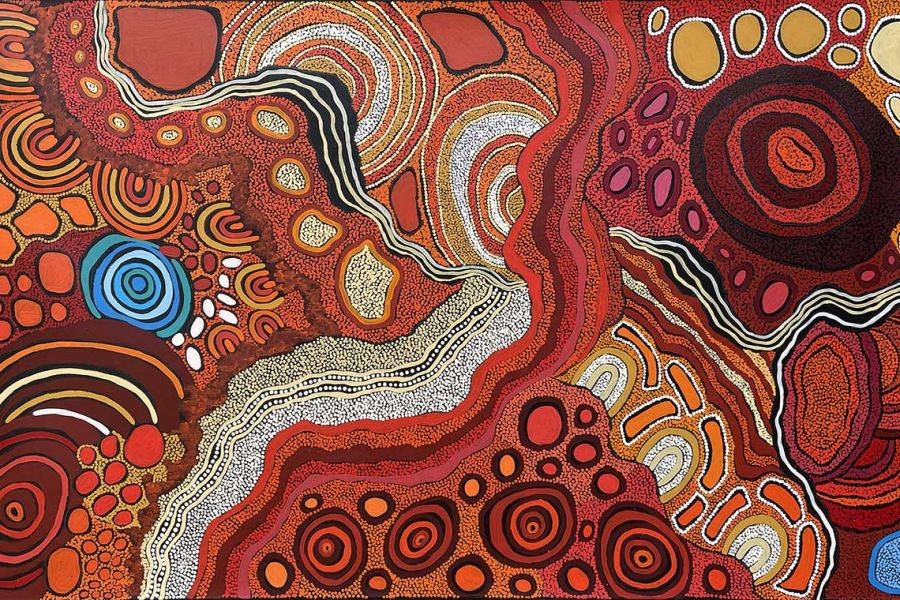







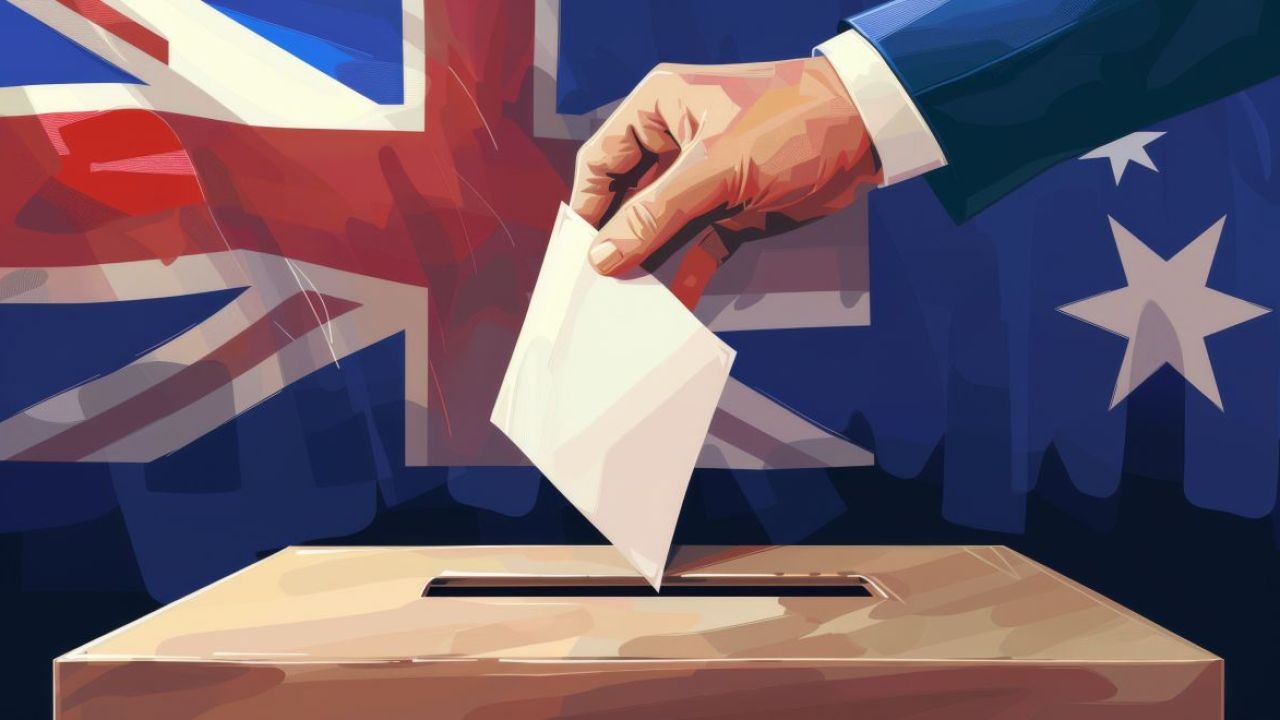
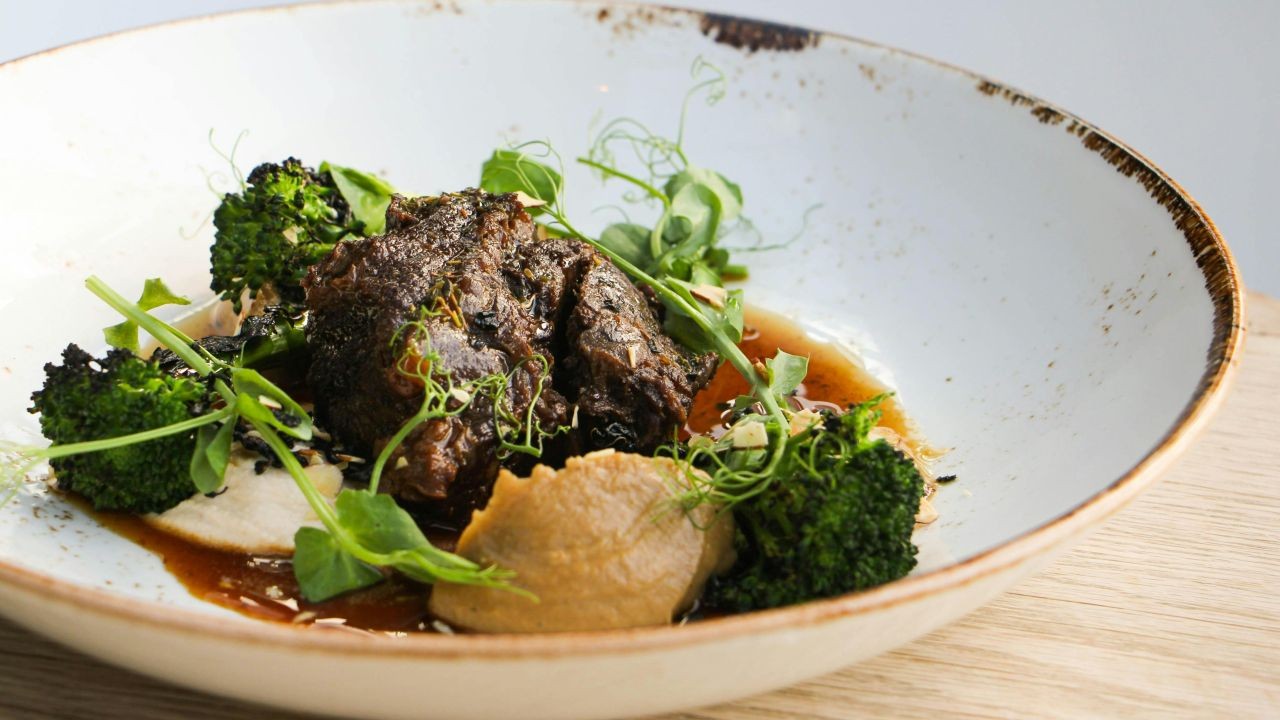







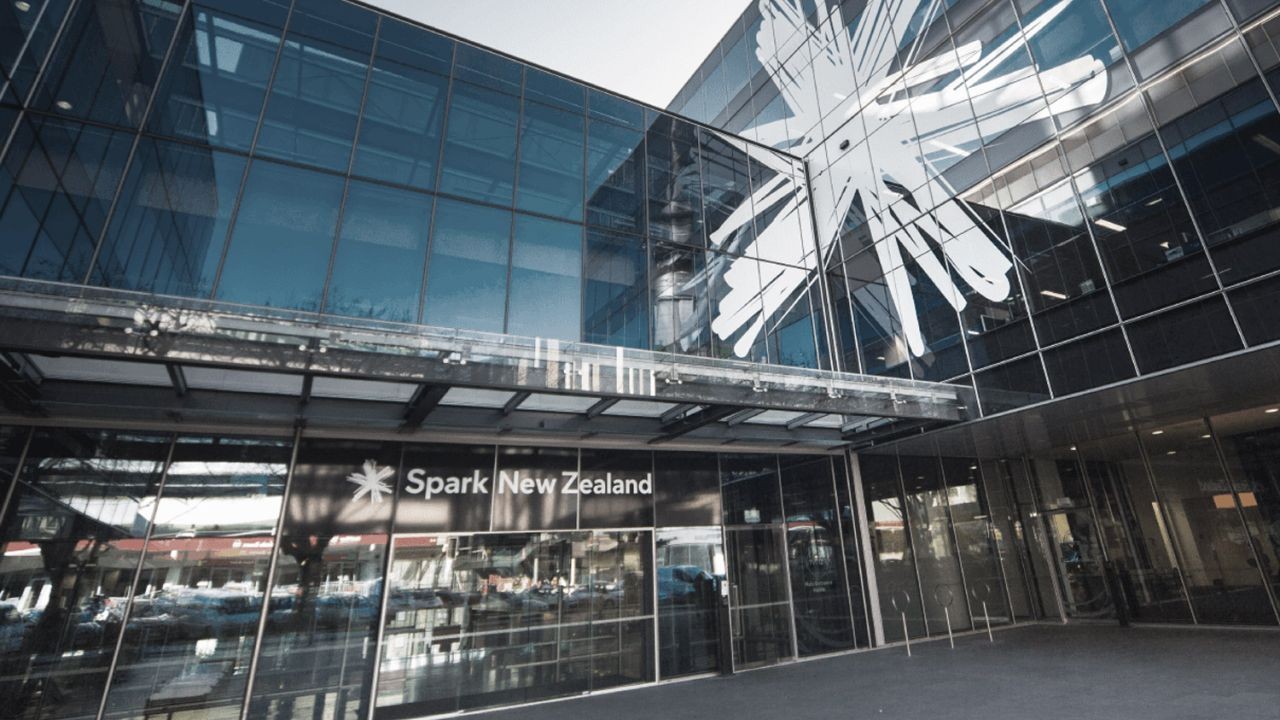


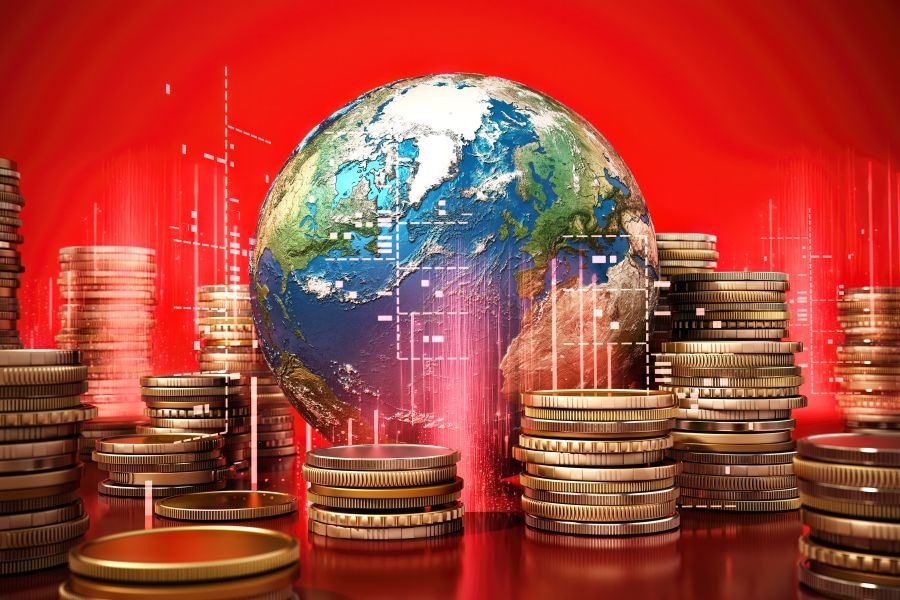





Northeast Family Services
8 months ago